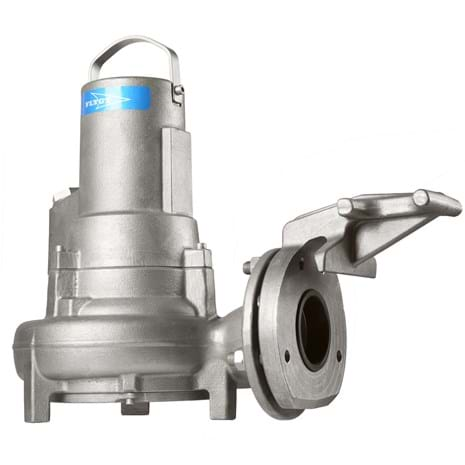As we have explored some niche industrial sectors, such as agricultural and heavy equipment manufacturers, we’ve learned that, while most of the leading companies in the sector use 3D printing for prototyping and design purposes, they are only now beginning to dip their feet into making parts via additive manufacturing (AM).
.
The same seems to be true of those corporations involved in producing industrial goods.
.
In this article, we’ll take a look at some of the largest players in the space and explore how they are using AM for industrial goods. Then, we’ll follow this story up with an article on the suppliers in the sector.
.
Before we get to that, it’ll be necessary to give a bit of definition to “industrial goods”. This blurry concept is a sort of catch-all for manufacturers that don’t fit into clear-cut categories such as aerospace, weapons, oil and gas, automotive, consumer goods, medical and dental and maritime. Broadly speaking, the industrial goods sector sells equipment and parts used to make other goods. Think drill bits, manufacturing equipment, and contract production.
Case Study: How PepsiCo achieved 96% cost savings on tooling with 3D Printing Technology
Above: PepsiCo food, snack, and beverage product line-up/Source: PepsiCo PepsiCo turned to tooling with 3D printing...





0 Comments